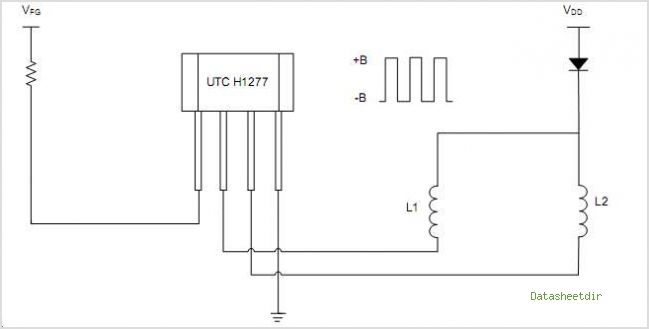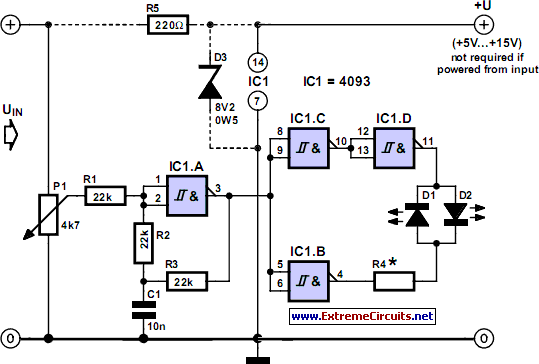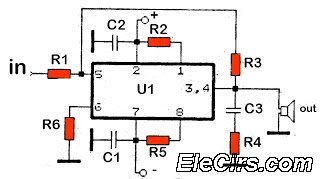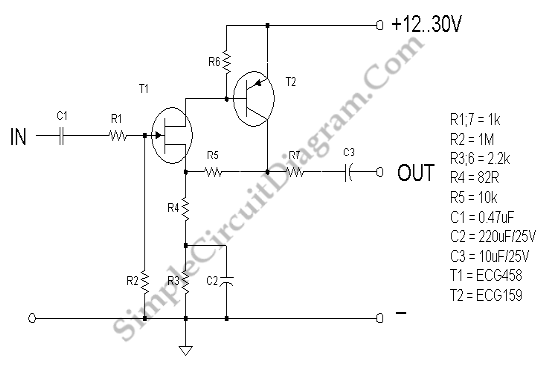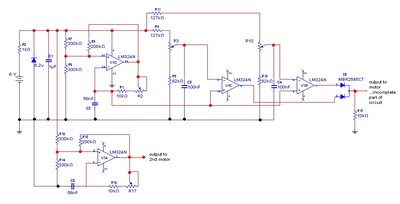
Inverter as high voltage low current source
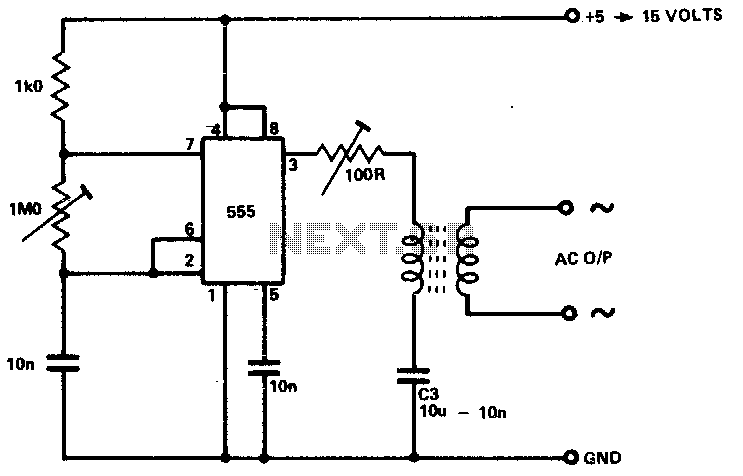
The circuit is designed to supply power for portable Geiger counters, dosimeter chargers, high resistance meters, and similar devices. The 555 timer integrated circuit (IC) operates in its multivibrator mode, with the frequency adjusted to optimize the characteristics of the transformer. When the output of the IC is high, current flows through the limiting resistor and the primary coil to charge capacitor C3. When the output is low, the current is reversed. With an appropriate selection of frequency and capacitor C3, a stable and symmetric output is maintained.
This circuit utilizes the 555 timer IC in astable multivibrator configuration to generate a square wave output, which is essential for driving a transformer. The frequency of oscillation can be adjusted by varying the values of the resistors and capacitor in the timing network. The output frequency must be optimized to match the resonant frequency of the transformer, ensuring efficient energy transfer and minimizing losses.
The output from the 555 timer is connected to a limiting resistor, which protects the circuit from excessive current that could damage the components. The primary coil of the transformer is connected in series with this resistor, allowing the magnetic field to build up when the output is high. The energy stored in the magnetic field is then transferred to the secondary coil of the transformer when the output switches low, leading to a reversal of current flow. This mechanism is critical for maintaining a continuous and efficient power supply to the connected devices.
Capacitor C3 plays a vital role in smoothing the output voltage and providing stability to the circuit. By selecting an appropriate capacitance value, the output can be made more symmetric, which is crucial for applications requiring precise voltage levels. The circuit's design allows for flexibility in component selection, enabling it to cater to various load requirements while ensuring reliable operation across different scenarios. Overall, this power supply circuit is well-suited for portable applications that demand efficiency and stability.The circuit is capable of providing power for portable Geiger counters, dosimeter chargers, high resistance meters, etc. The 555 timer IC is used in its multivibrator mode, the frequency adjusted to optimize the transformer characteristics.
When the output of the IC is high, current flows through the limiting resistor, the primary coil to charge C3. When the output is low, the current is reversed With a suitable choice of frequency and C3, a good symmetric output is sustained.
This circuit utilizes the 555 timer IC in astable multivibrator configuration to generate a square wave output, which is essential for driving a transformer. The frequency of oscillation can be adjusted by varying the values of the resistors and capacitor in the timing network. The output frequency must be optimized to match the resonant frequency of the transformer, ensuring efficient energy transfer and minimizing losses.
The output from the 555 timer is connected to a limiting resistor, which protects the circuit from excessive current that could damage the components. The primary coil of the transformer is connected in series with this resistor, allowing the magnetic field to build up when the output is high. The energy stored in the magnetic field is then transferred to the secondary coil of the transformer when the output switches low, leading to a reversal of current flow. This mechanism is critical for maintaining a continuous and efficient power supply to the connected devices.
Capacitor C3 plays a vital role in smoothing the output voltage and providing stability to the circuit. By selecting an appropriate capacitance value, the output can be made more symmetric, which is crucial for applications requiring precise voltage levels. The circuit's design allows for flexibility in component selection, enabling it to cater to various load requirements while ensuring reliable operation across different scenarios. Overall, this power supply circuit is well-suited for portable applications that demand efficiency and stability.The circuit is capable of providing power for portable Geiger counters, dosimeter chargers, high resistance meters, etc. The 555 timer IC is used in its multivibrator mode, the frequency adjusted to optimize the transformer characteristics.
When the output of the IC is high, current flows through the limiting resistor, the primary coil to charge C3. When the output is low, the current is reversed With a suitable choice of frequency and C3, a good symmetric output is sustained.
